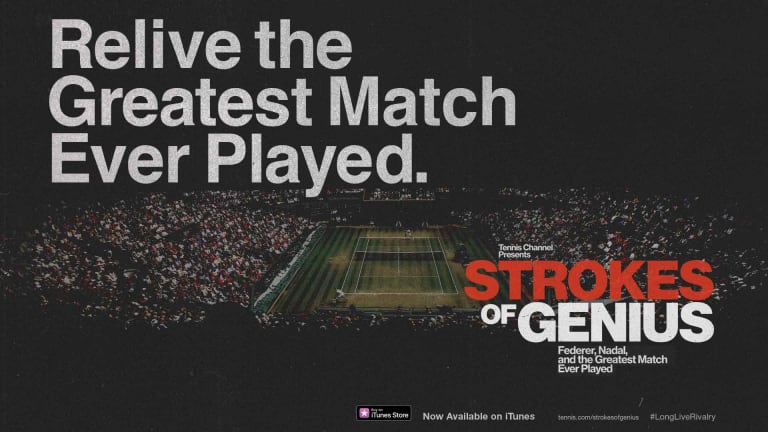LONDON—It’s common wisdom that as a player ages, he seeks to play shorter points. In 33-year-old John Isner’s case, the desire is to expedite entire matches. Today, he took a major step in that direction.
For eight years, Isner’s signature Wimbledon moment was the 11-hour and five-minute match he won here in the first round of the 2010 edition of The Championships, beating Nicholas Mahut by the science fiction-like score of 70-68. But this afternoon, over the course of a mere two hours and six minutes, the ninth-seeded Isner reached his first Wimbledon quarterfinal with an emphatic 6-4, 7-6 (8), 7-6 (4) victory over Stefanos Tsitsipas.
The energy that fueled this match could have launched a rocket to Saturn. Here was Tsitsipas, at 19 years old, a tennis infant, his racquet a rattle, clanging the cage in so many pleasing ways this fortnight.
Said the legendary acting coach Stella Adler, teacher of such icons as Marlon Brando and “Zorba the Greek” star Anthony Quinn, “The word theatre comes from the Greeks. It means the seeing place. It is the place people come to see the truth about life and the social situation.”
That was what Tsitipas would witness and learn as he entered a nearly packed Court Three (capacity 1,980). The wiry-thin Tsitsipas (6’3” and 180 pounds) embodied the purity of youth. He was fleet of foot, swift of hands, brazen, bold, a Greek soldier. Just behind the baseline, at the north end of the court, sat his support team of parents, coaches, family, friends.
“It's important to have them on the stands supporting me and knowing that they want the best for me,” said Tsitsipas. “I feel like I have an army behind me that supports me on the worst moments and on the best moments. I feel actually stronger when they're next to me and I'm doing well.”
WATCH—Match point from Isner's win over Tsitsipas:

